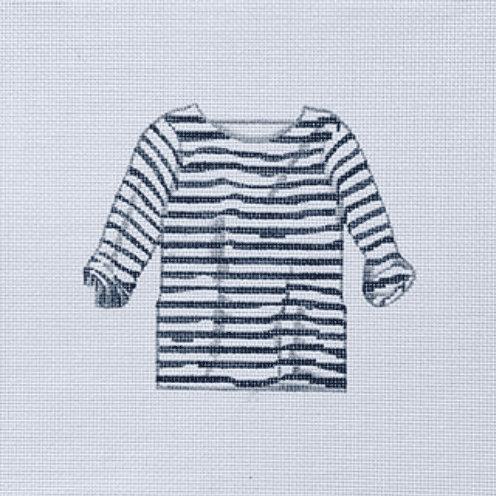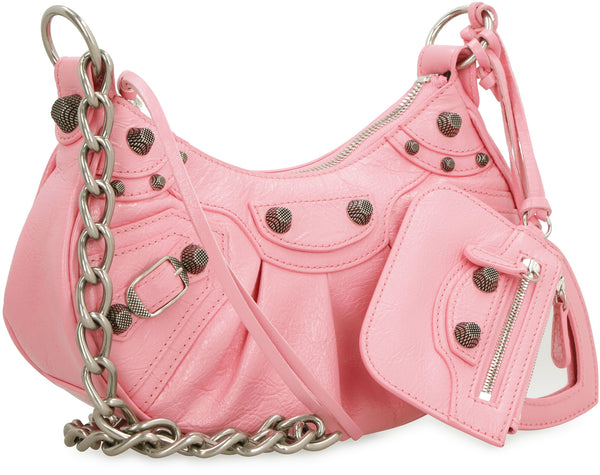When designing a bathroom, always go for a design that can accommodate all in the house. This means you need to put the limitations and needs your kids or the elderly have first. Discussed below are various ways in which you can make your bathroom more practical while still ensuring your child is happy.
Some of these points are also recommended for the elderly with mobility issues and live in carers caring for them,” says a representative at Gabriel’s Angels.
Table of Contents
1. Install Pull and Push Water Taps
Most kids might not be able to turn water taps or press soap bottles with ease. For this reason, it would be best if you use products and fittings that the kids can operate with ease. Pull and push water taps are considerably easier to operate as compared to turn-taps. Having these installed empowers the child into using the bathroom without necessarily having to call for help. This provides an opportunity to learn and gain independence as well.
2. Ensure the Medicine Cabinet is Out of The Child’s Reach
Most families keep their medications in a cabinet inside the bathroom. This can be risky if the child has easy access to these. For improved safety, consider having the cabinet installed up high, and have it under lock and key. Child-proofing such cabinets can save you lots of trouble in the future.
3. Install Grab Bars in Easy to Reach Areas
Consider installing grab bars at either side of the bathtub, as well as close to the toilet. The bars should be easy to reach, especially when one needs to hold onto it while bending or attempting to stand. Teach the kids how to climb in and out of the bathtub safely, and how to use the grab bars for safety.
4. Use Non-Slip Mats
The bathroom can be slippery, especially when the floor is wet. This can prove dangerous for both you and the child. Having non-slip mats in the bathroom, however, helps improve stability while reducing the risk of slipping for both the kids and the parents. You could also consider applying an anti-slip coating to the bathroom floor as well. This is even safer, though costs much more than a non-slip mat.
5. Consider Walk-in Baths
Walk-in bathrooms are particularly essential for people with mobility issues. Such bathrooms come with a seat that a child can sit on, as well as a convenient door. This makes using the bathroom a breeze, with no need to have a caregiver or the parent lift the child.
6. Have the Sink Lowered to Reachable Heights
You can either have the sink level lowered, or simply have an extra basin fitted to the child’s height. The taps should be within easy reach as well.
7. Make the Room Child-Friendly (For Those with Autism)
Think about the child’s sensory sensitivities when designing the bathroom. Children with autism need to be treated and handled carefully to avoid irritating them. One way to keep them calm is by identifying their favourite toy, then using similar-themed ones in the bathroom to help stimulate their creativity and imagination.
You could also create a visual story or list for using the toilet, brushing teeth, washing hands, and taking a shower to create a sense of independence for the kids. You can do this by hanging the visuals in the bathroom in an easy to see spot.
8. Bathroom Colours
Consider repainting the bathroom walls with warm and bright colours. Research shows that bright colour correlates with human emotion, hence it can be used to improve the stimulate the child’s cognitive awareness while in the bathroom. While it’s advisable to avoid shades of red in the bathroom, experts recommend using blue and shades of white to create a fresh, awakening feel. Red is commonly associated with anger and aggression and so should be avoided.
Some bit of planning and preparation is needed to create the ideal bathroom for your child. Although this may take a bit of your time and money, it is definitely worth every second and penny, for your child will not only be safe and relaxed but also be able to learn and feel independent.













